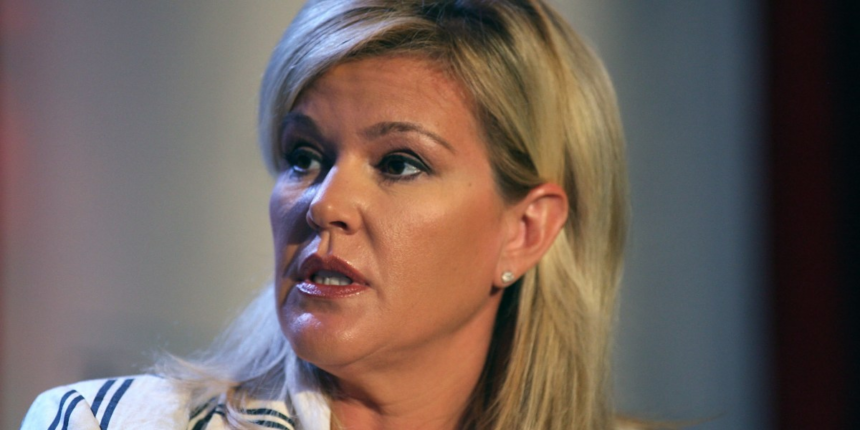Her analysis dives deep into the U.S. consumer, a segment she finds “so granular.” Whitney has segmented consumers over the past five years, identifying a stark contrast between the “high-end consumer” and what she terms the “avocado toast consumer”. The latter group, primarily college-educated, high-spending individuals between 24 and 38 who often do not own homes but possess significant discretionary income, has been a key driver of the economy. This demographic stands in contrast to over 52% of households that have been “struggling.”
However, this affluent, younger cohort is now facing significant financial headwinds, she argued, largely due to the resumption of student-loan repayments and the impending roll-off of healthcare subsidies. Whitney explained that for nearly five years, there were no penalties for not paying student loans, creating a false sense of financial freedom. While a one-year “on-ramp” period without penalties beyond incurring interest was in place, repayments officially resumed in October 2024. Although many began paying, a substantial portion did not, with 25% of student loan holders and over 50% of the total student loan debt concentrated within the 24-38 age group.
Adding to this pressure is the expiration of key healthcare subsidies at the end of the year. In response to COVID-19, the American Rescue Plan Act had subsidized healthcare premiums for individuals earning up to 400% over the poverty line, effectively providing an additional $300 a month in discretionary income for many. This benefit, combined with the pause on student loan payments, amounted to a “massive amount of discretionary spend” that will now disappear.
Whitney emphasizes that the cumulative effect of wage garnishment on student debt and the cessation of healthcare subsidies will create a “completely different type of headwind” next year, particularly for Gen Z and millennials. Companies have heavily focused their marketing efforts on these younger generations, who will now experience “real pressure on consumer spend.” Consequently, Whitney predicts that “Gen Z and Millennials will be very weak over the next year”.
For this story, Fortune used generative AI to help with an initial draft. An editor verified the accuracy of the information before publishing.









